Thine Is the Kingdom: Rediscovering the Roots of the Lord's Prayer
The Missing Benediction
Recently, during our series on the Lord's Prayer, I had the privilege of exploring how Jesus teaches us to pray. And as part of that journey, I got to dig into the line that many of us instinctively add to the end: "For thine is the kingdom, the power, and the glory forever and ever. Amen."
If you were following along in Matthew 6, you might have noticed that this line isn’t actually there. It stands apart from Jesus' direct teaching—which raises a natural question: where did it come from?
The Ancient Echo of the Didache
The answer lies in a fascinating and ancient Christian text called the Didache. For the Bible nerds out there (and I proudly count myself among you), this is a real gem. The word "Didache" is Greek for "teaching," and the full title is often rendered as The Teaching of the Twelve Apostles.
Now, this isn’t a text written by one of the apostles themselves. Instead, it’s more like a practical church manual. Compiled by an anonymous author, it gathers early Christian teachings passed down from Jesus through the apostles, alongside guidelines for communal life—things like baptism, the Eucharist, and prayer.
A Lost Text, Rediscovered
Here's where it gets even more compelling: the Didache was lost to history for centuries. It vanished sometime around the 4th century, only to be rediscovered in the late 1800s in the library of the Holy Sepulchre in Constantinople. A complete copy, just sitting there quietly for 1,500 years.
Most scholars date the Didache to the first century, possibly as early as 70 CE. That means it’s a contemporary of some of the New Testament texts—perhaps even earlier.
And right there, within its pages, we find the Lord's Prayer. It appears just as it does in Matthew, but with one important addition: "For thine is the power and the glory." Close, but not yet the final form we know today.
Evolution of a Prayer
The Didache gives us a version of the prayer that still uses "debts" rather than "trespasses," and it ascribes to God "the power (dunamis) and the glory (doxa)." The kingdom hasn’t been added yet. Still, we’re remarkably close to what became a cornerstone of Christian liturgy.
It also includes this note: pray this way three times a day. Now, I’ve never made that a regular practice myself. But over the past several weeks, I’ve made it a daily rhythm. And if you haven’t tried that, maybe consider it—especially as we move through Holy Week.
How the Benediction Found Its Way Back
The version we know today first shows up in fifth-century manuscripts of Matthew, known as the Byzantine texts or the majority texts. These Greek manuscripts were the basis for early English Bibles like the King James Version.
However, these aren't the oldest manuscripts available. Modern Bible translations tend to rely on earlier sources, which is why the benediction is often excluded in contemporary versions.
So how did it get there in the first place? Likely, when the Didache faded from view, a version of its benediction—already cherished by early Christian communities—was incorporated directly into the Gospel text.
A Tradition Worth Keeping
Later biblical scholarship and archaeological discoveries led us to remove the benediction from the biblical text. But we never let go of it in our prayers. We still say it, week after week, just as Christians have done for nearly two millennia.
And that’s kind of beautiful. When we pray the Lord's Prayer together, we are not only echoing the words of Jesus. We are joining with the very first followers of Jesus, those who cherished his teachings and passed them on with care.
For thine is the kingdom, the power, and the glory forever and ever. Amen.
